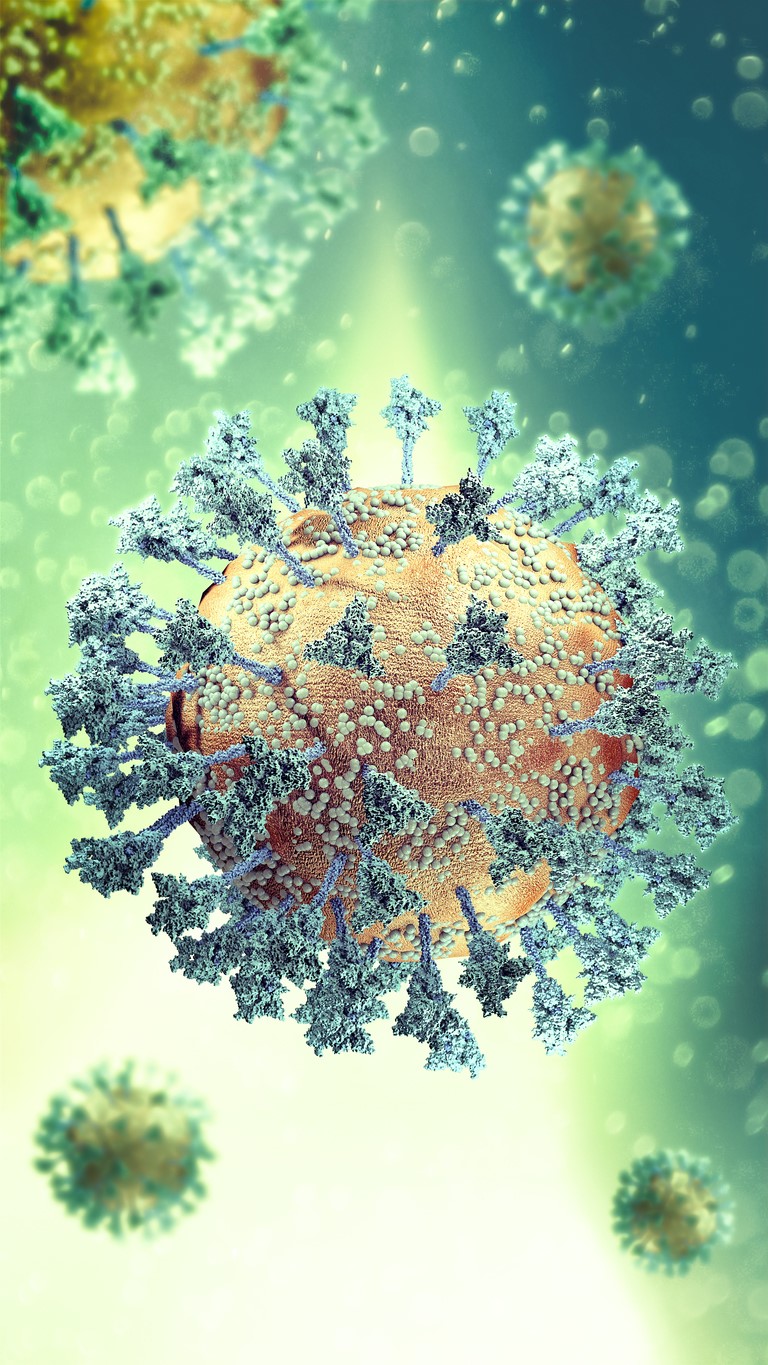The latest issue of Eurosurveillance included three reports on antibiotic-resistant infections in Europe:
- German researchers reported on the rapid and ongoing spread of carbapenemase-producing Escherichia coli in Germany. Whole-genome sequencing (WGS) of 222 E coli isolates producing the New Delhi metallo-beta-lactamase 5 (NDM-5) gene revealed that incidence rose in Germany from 2013 to 2019 largely because of the increased prevalence of isolates belonging to multiple sequence types (STs), mainly the international high-risk clones ST167, ST410, ST405, and ST361. The researchers say available evidence suggests the increased number of cases is being driven by local clusters and that NDM-5–producing E coli appear to be spreading in the community through multiple sources and transmission routes.
- Researchers with the World Health Organization (WHO) Collaborating Centre for Gonorrhoea and Other Sexually Transmitted Infections (STIs) reported on a multidrug-resistant gonorrhea infection identified in a female sex worker in September 2022. The woman was treated with ceftriaxone, which is the last-remaining recommended treatment for Neisseria gonorrhoeae infections, but did not return for test of cure. Antimicrobial susceptibility testing revealed the isolate was resistant to ceftriaxone, cefixime, cefotaxime, ciprofloxacin, tetracycline, and benzylpenicillin, and WGS identified a mutation to the penA-60.001 allele that confers ceftriaxone resistance. The analysis also found that the isolate belongs to a genomic lineage that to date has been antibiotic susceptible, "showing that strains across the gynecoccal phylogeny can develop ceftriaxone-resistance," the researchers wrote.
- Also in Sweden, a retrospective study on bloodstream infection (BSI) incidence in southern Sweden found an average annual increase of 3.0% from 2006 to 2019. The most frequent bacteria isolated were E coli (27% of isolates) and Staphylococcus aureus (13%). Of the 17,734 isolates with resistance data, 14.8% were resistant to at least one of the three antibiotics tested: ciprofloxacin (11%), cefotaxime (6.5%), and gentamicin (4.7%). Over time, the proportion of resistant BSI isolates rose from 12.1% to 17.4% for any antibiotic. Patients aged 80 and older had the highest BSI incidence and a disproportionate increase. "Any preventive measures should prioritise the oldest patients," the study authors wrote.
 Four COVID-19 booster doses were the most effective way to prevent critical Omicron BA.5, regardless of previous infection status, according to a nationwide
Four COVID-19 booster doses were the most effective way to prevent critical Omicron BA.5, regardless of previous infection status, according to a nationwide 














